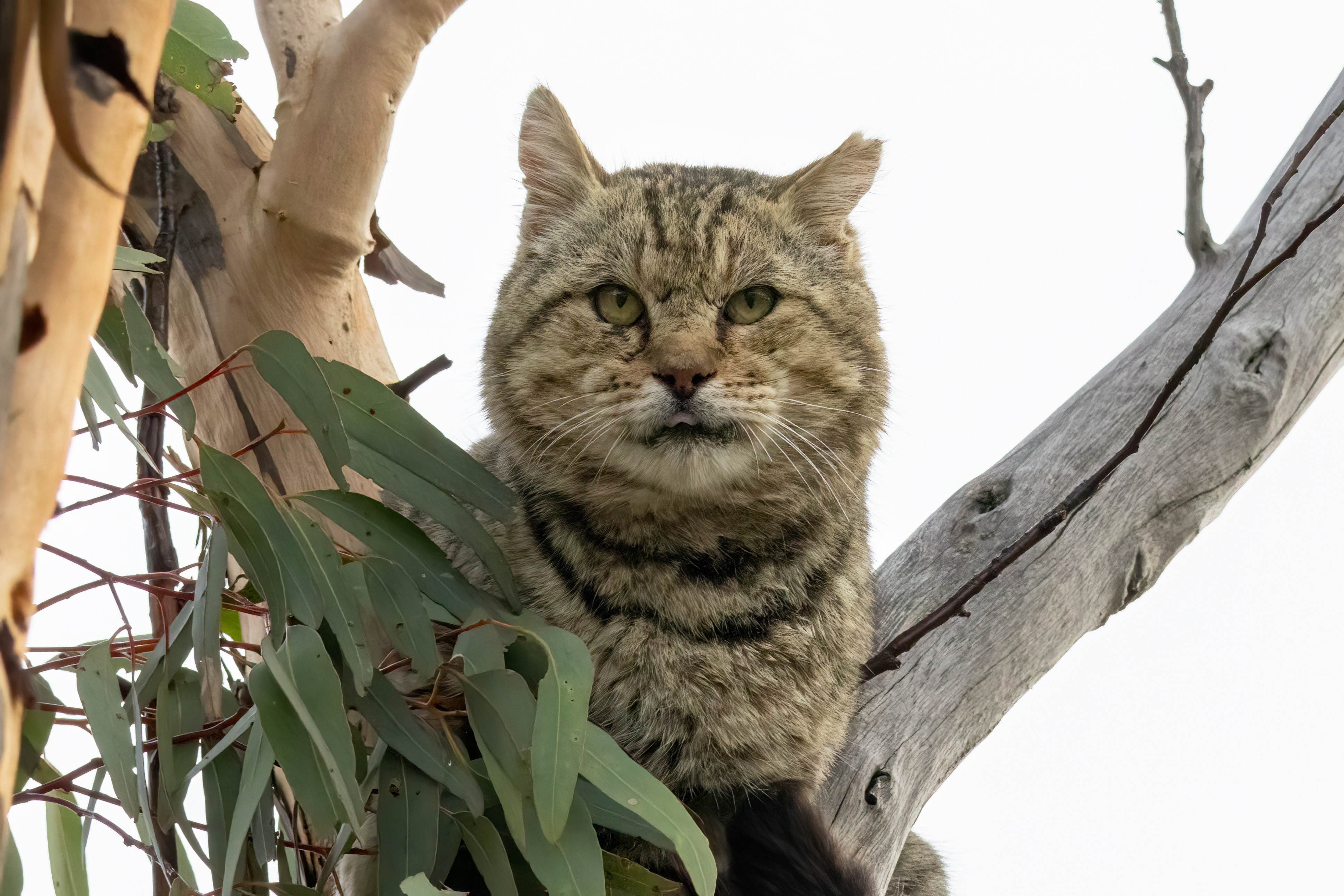The release of the European rabbit, cat, and red fox into Australia in the 1800s has had an immeasurable impact on the country’s flora, fauna and farming industry. Rabbits alone are estimated to cause $600 million worth of damage to agriculture each year. Foxes prey on native animals and newborn livestock and rabbits help to keep their numbers high. Feral cats predate mainly on native animals and have played a major role in the extinction of at least 27 mammal species Australia-wide.
Autumn is one of the key times to act to reduce the numbers (and impact) of these declared pests!
In WA, all landholders are required to control foxes, cats, and rabbits on their properties under the Biosecurity and Agriculture Management Act 2007. The best approach to management is to apply more than one control measure throughout the year and to time your action to have the greatest impact.
Rabbits
If you have high rabbit numbers on your property, now is the time to release Rabbit Haemorrhagic Disease Virus (RHDV1-K5, Calicivirus) and undertake 1080 baiting before feed becomes readily available and the next breeding cycle commences (normally after the first autumn rain).
Calicivirus is very effective in knocking down rabbit numbers in the right conditions but must be combined with other management activities (such as warren ripping, harbour destruction, fumigation and 1080 baiting) to maintain effective population control.
Foxes and Cats
If you control rabbits, you must simultaneously control foxes and cats. When rabbit numbers decrease these two introduced predators will begin to kill a higher number of native animals to compensate. Now is the time to undertake a 1080 baiting program for foxes and continue the year-round cage trapping efforts for both foxes and cats.
Take the following steps to become certified for the use of 1080 and/or calicivirus:
1. Follow the instructions in this DPIRD Tip Sheet to enrol yourself into the course “RHDV1-K5 Training to Authorise Users for Wild Rabbit Control” and/or “Landholder Training: Safe Use & Management of 1080”.
2. When you have successfully completed the short course you will be an Approved User and will be able to order your freeze-dried calicivirus from the Department of Primary Industries Virology Laboratory (virology.enquiries@dpi.nsw.gov.au or (02) 4640 6337) and apply for your 1080 permit from DPIRD here.
3. More information on the use of 1080 in WA can be found here.
4. Before undertaking a calicivirus release, is it is imperative that you survey your rabbit population to ensure that there are no rabbits under 12 weeks of age or heavily pregnant does present as this can lead to life-long immunity. The freeze-dried virus can be kept refrigerated (4-8 °C) for up to 12 months so, if conditions aren’t right, you can store it until they are.
One control option is not enough to maintain low numbers. Consider the following measures as other tools in your toolbox for feral animal control:
- Warren ripping, harbour destruction and/or rabbit-poof fencing
- Warren fumigation
- Shooting
- Cage trapping
The best way to beat the feral invasion is to attack on multiple fronts. So why not chat with your neighbours or local conservation group about joining forces and undertaking a coordinated pest control activity this Autumn?


